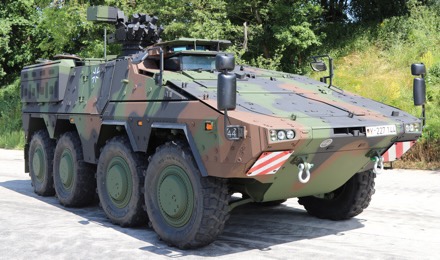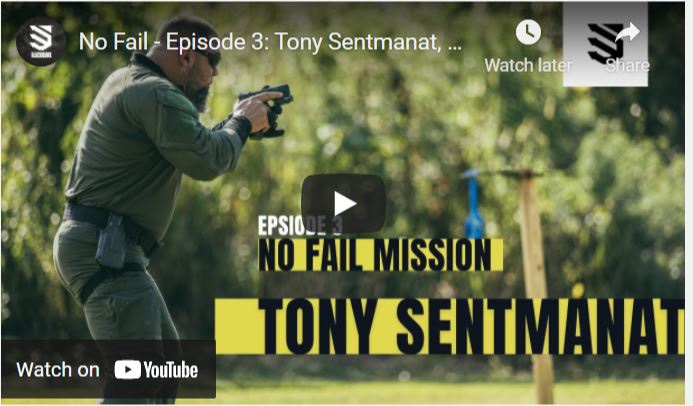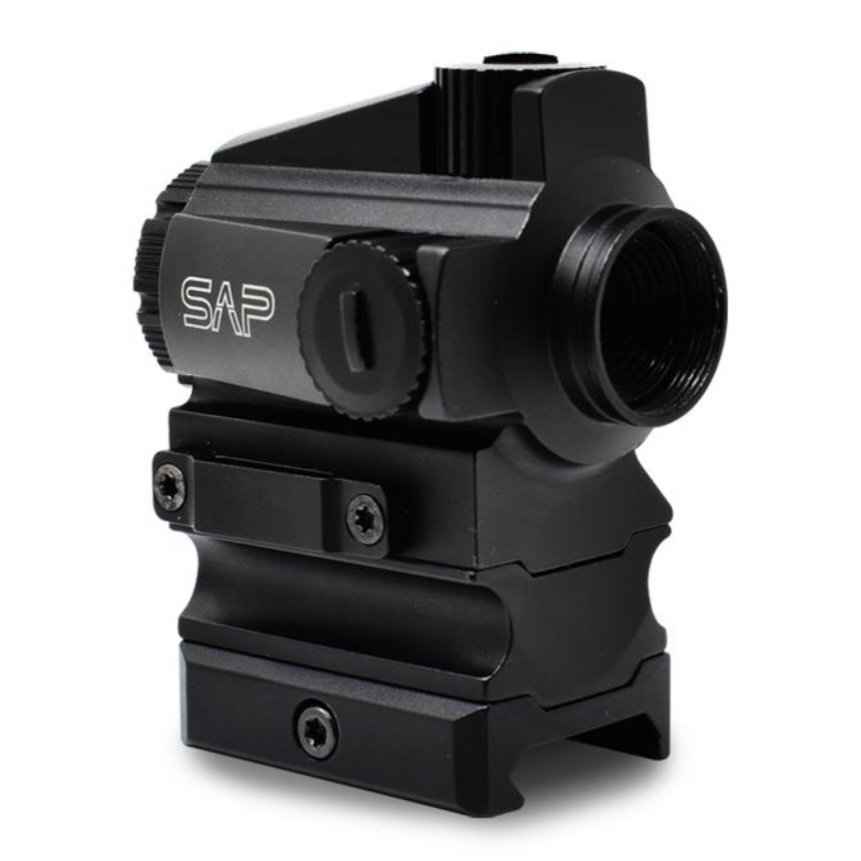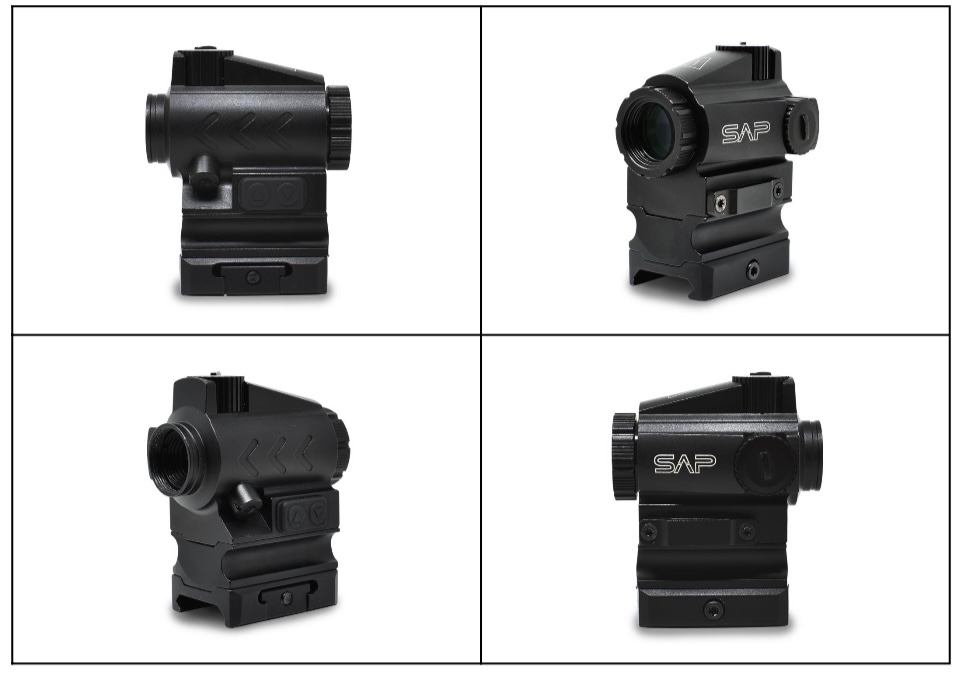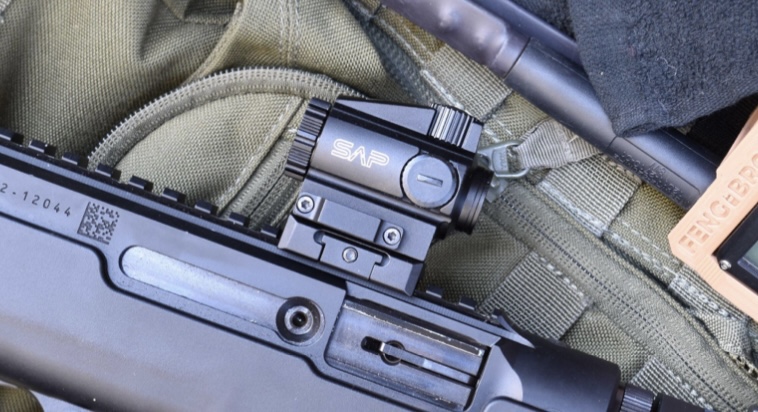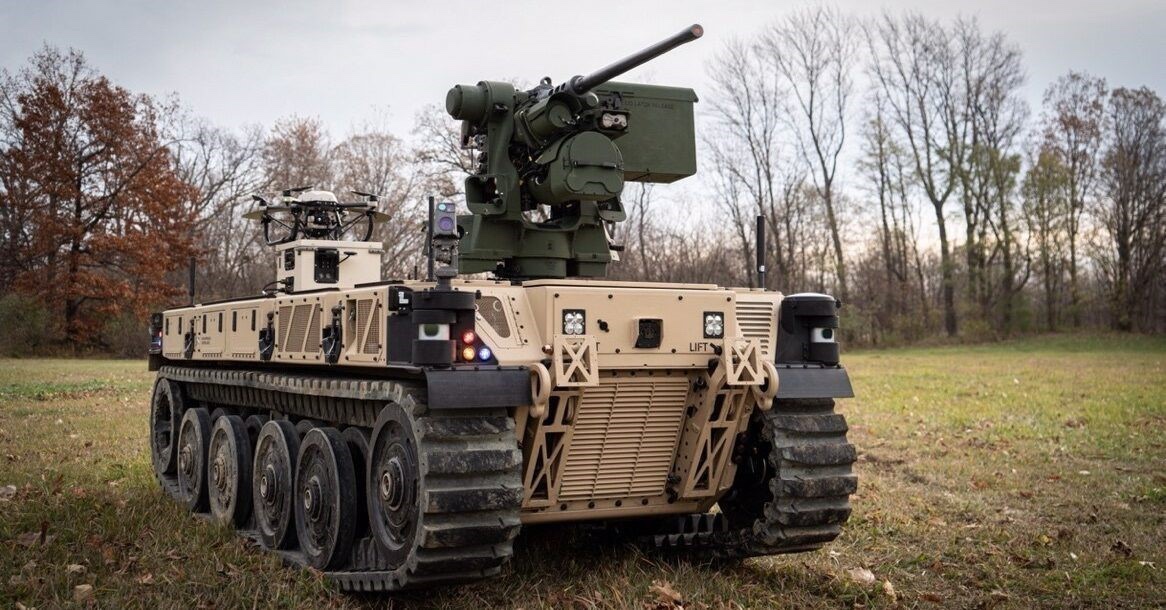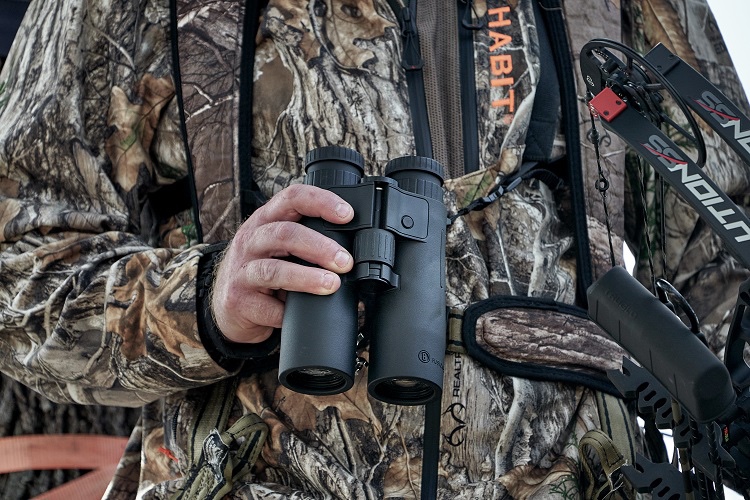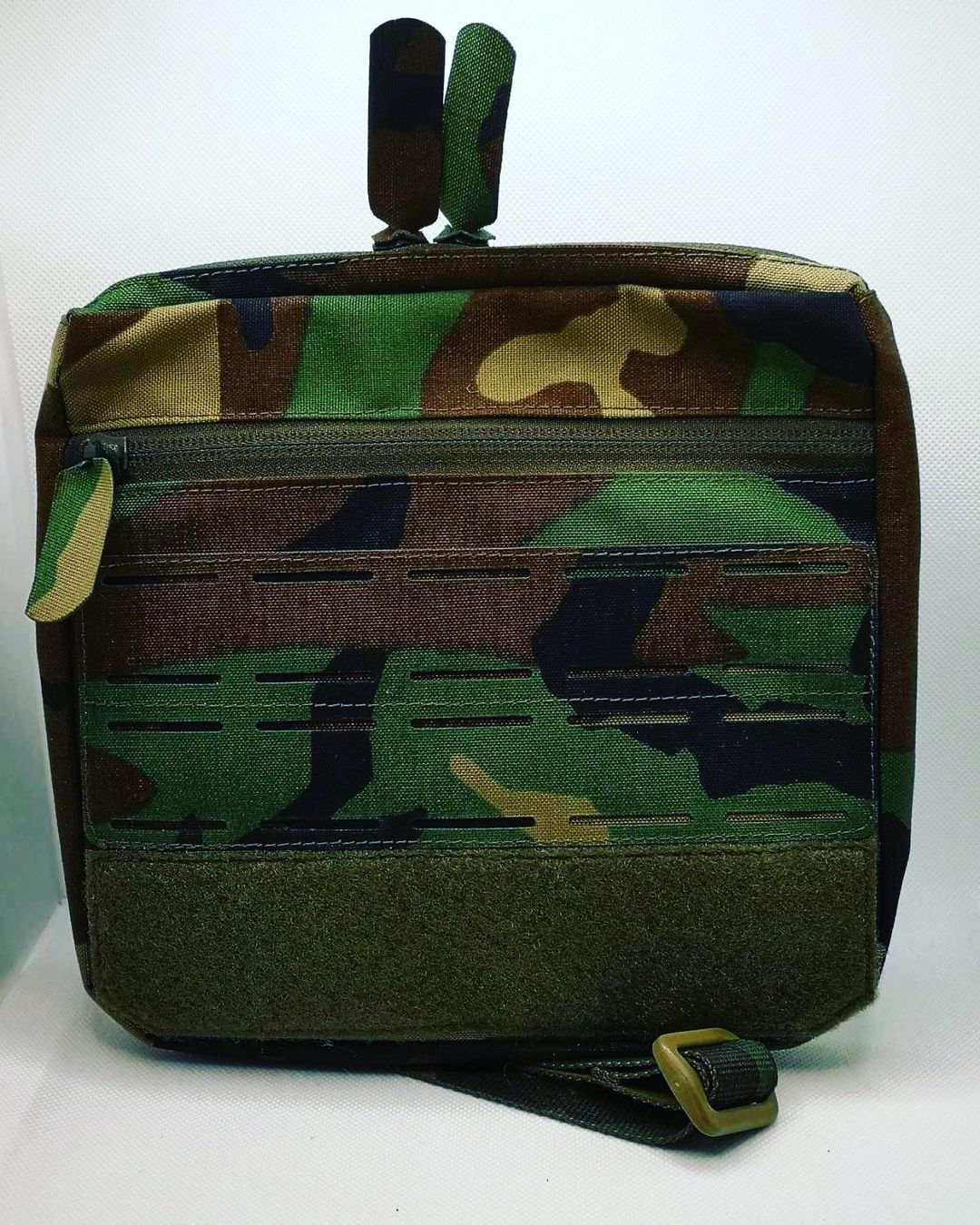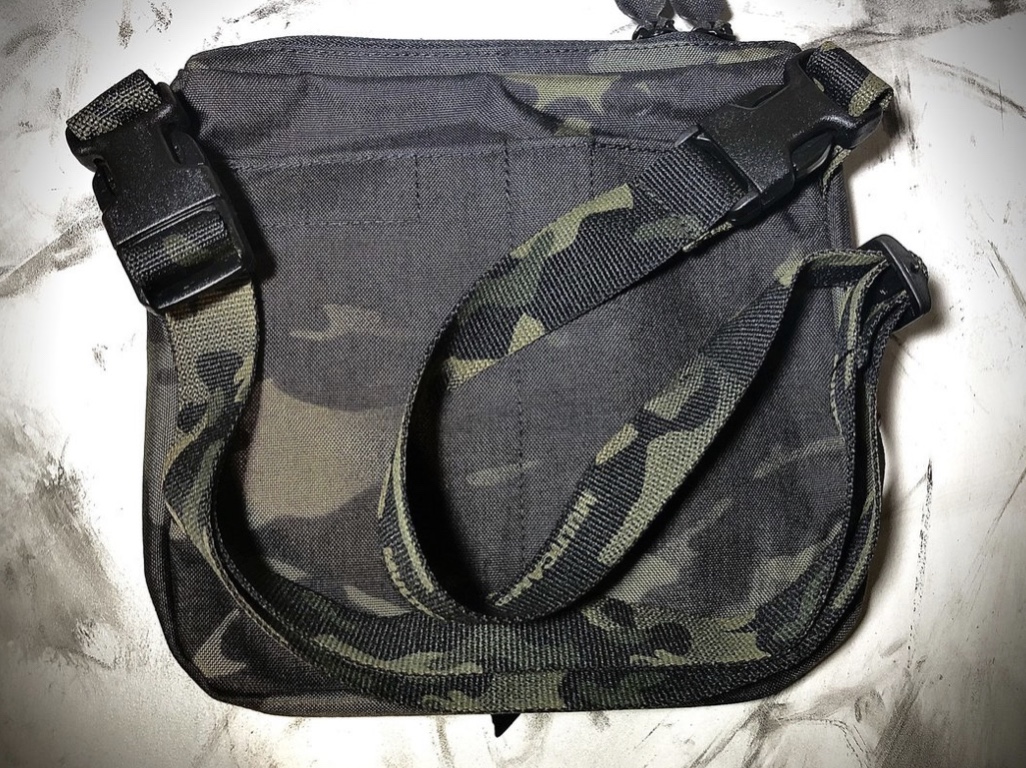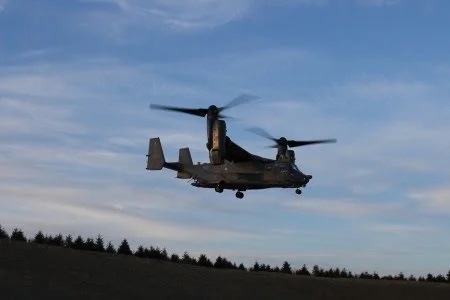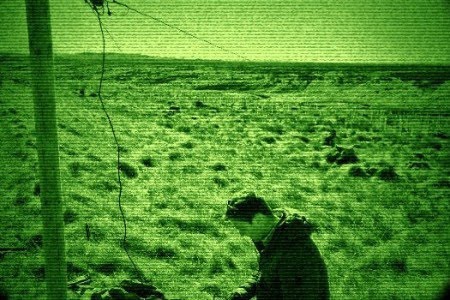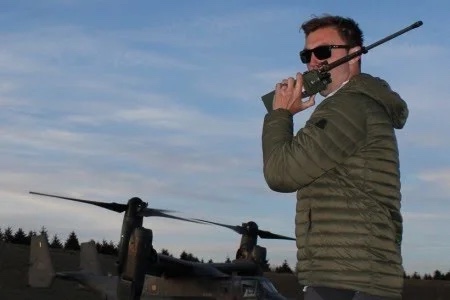Just when you would think that the tactically-inspired realm of apparel and carry gear was saturated, an outfit comes around and kicks things up a notch. Alpha One Niner (A19er hereafter) is the brainchild of founder Helmie Ashiblie and leverages his experience in the shooting sports, grunt life, EDC product development and manufacturing disciplines. He has successfully merged this depth of knowledge with a creative energy that is hard to find these days and he’s been putting a shoulder to the wheel since day one.
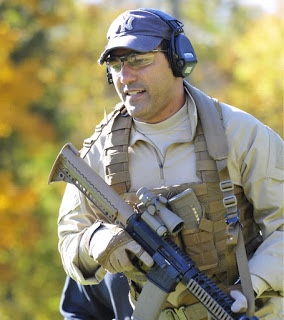
Ashiblie pushing the limits during a recent match.The first product under the A19er flag was the “Recon One” tablet caddy, an iPad sleeve/organizer that allows an aircraft passenger to affix it to the seatback pocket, allowing for easy access to the device and other small items like earbuds, notebooks and pens during long-haul flights. Helmie first pitched it on Kickstarter and A19er grew from there.
Years of international travel influenced A19er’s first products, as Helmie had already spent a ton of time globetrotting for SERT, the LE/Mil company he founded that delivers equipment and training solutions to a wide spectrum of paramilitary, law enforcement and special operations customers. Its signature product line is a series of soft-sided AR-pattern and SBR cases currently in use with units around the world.
A wide range of pouches, packs, Dopp kits and admin organizers followed the Recon One, utilizing excess production capacity at SE Asian facilities where SERT products are stitched up. It is at these locations and design studios that Ashiblie maintains trusted relationships and oversees high quality-control standards (once found only in the domain of USA-based manufacturers) for mission-essential gear.
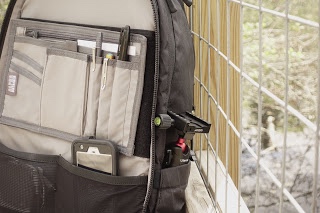
Three core elements of Ashiblie’s past form the bridge to the company’s future. First, the brand takes its name from the call-sign he used while leading a reconnaissance platoon during compulsory national service with the Singaporean Army. I’ve shared lunch with Helmie and you can tell that those years in uniform made an indelible mark on his perspective. When I asked him to point to the signature philosophy that sets A19er apart from the competition, his reply was quick and to the point: “The dogged determination not to suck.” This mindset is in line with other veterans who founded the likes of Down Range Gear, Tactical Tailor, Mayflower Research & Consulting, PocketUp and GORUCK. They all grew their reputation through innovation and a commitment to their products and customers.
We talked about all things tactical during that lunch, and Helmie described the countless hours spent—even in the dead of night—answering texts, emails and voicemails from customers and colleagues. He chuckled when I asked him how he juggles it all, then explained his fairly rudimentary thought process. He just wants to make sure he does everything to get it right.
The second element comes from a little-known part of Helmie’s past life as a model who worked with fashion houses in Milan and New York City. He took a deep interest in the behind-the-scenes work of product development and marketing, then used the knowledge to get SERT off of the ground after he left NYC and moved to Virginia in the aftermath of 9/11. He is the first to admit that he is not a professional gear designer, but asserts that he knows a hell of a lot about finding the right resources to bring cost-effective products to market.
The final area that Ashiblie draws inspiration from is his participation in the IDPA and 2 and 3-gun shooting sports. His accrued experience influences several products that comprise A19er’s lineup and they all get the job done while looking good doing it.
The “Recon Nine Evade” eventually followed the Recon One and A19er broke into the mainstream as Helmie crowdsourced the feature set of this pack over at EDCForums.com, where he excelled at tapping into a potential customer base for inspiration. He solicited detailed input and commentary on the final design, with an eye towards maintaining transparency over the process.
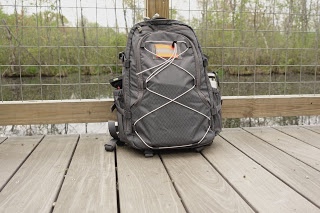
Evade 1.5 in 420 denier Wolf Gray diamond ripstop nylonWhen suggested changes to the basic design could be incorporated and they meshed with the realities of production restraints, Helmie did his best to follow through. When they were outside the realm of the possible, he let the forum members know.
“As long as you make that very clear from the get-go and simply DO NOT beat around the bush when it comes to what can or cannot be done, the guys are smart and reasonable enough to understand. If you decide to make a change and it’s not based on any of the revisions requested, get straight to the point and let everyone know why. You’d be surprised how accommodating and supporting others can be, and more importantly all parties walk away learning something from it.”
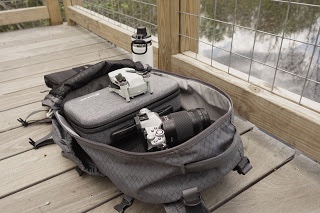
A year and dozens of prototypes later, the first commercial version of the Evade hit the streets and caused a stir. Because he is always on the path towards improvement, when comments started rolling in about the shoulder straps, main compartment volume or fabrics, Helmie listened carefully. The result was the Evade 2.0, a pack with larger volume and revisions to the carry system.
The final stop on the iteration train came about when members of various Facebook backpack groups began to get their hands on an earlier Evade, read a review, or watched a video of its features. These users and onlookers began to chime in and the 22 liter Evade 1.5 was developed as a slightly smaller pack that would make for a better EDC option. One gear reviewer spoke so highly of the final version that he felt the refinements left nothing else to critique; I wholeheartedly concur.
The Evade 1.5 is available in a “full” or “lite” version. The “full” offers a dedicated laptop compartment while the latter version omits this feature. Both have a concealed/covert compartment between the main compartment and a user’s back, where a pistol can be secured on the full loop Velcro that lines the space. If a pistol is not holstered there, the compartment has enough room to secure an iPad, sensitive documents or other flat items like flex cuffs, evidence bags or laminated imagery.
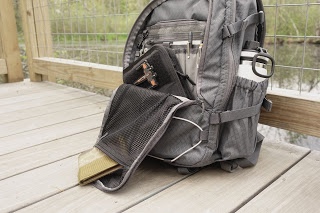
A19er products provide superb organizationA full panel of MOLLE-compatible, laser-cut loop Velcro lines the main compartment, allowing a user to configure an array of pouches, organizers and holsters. It is this modularity that allows the Evade to fill a wide range of roles, for a broad spectrum of users, and at a respectable price that won’t crush a wallet. Its slick, inconspicuous exterior makes it as well-suited for special reconnaissance tasks as it would for range bag duty. The name is a perfect fit.
Nine different fabric weights, textures and colors are available, ensuring that there is an Evade 1.5 for practically anyone who needs modularity in their load carriage. I spent a lot of time reading reviews on the Evade series, so when I required a new pack that wasn’t covered in PALS webbing, it was an easy choice. The packs are in heavy demand these days, so don’t be surprised if A19er is in the middle of a restock phase.
My Evade 1.5 has lived up to all of its advertised capabilities and you quickly get a sense of the deliberate thought put into its design. It follows in the footsteps of other classic tactically-themed packs, but stands on its own merits and has the potential to become as much an icon as the classic Eagle Industries A-III or Lightfighter RAID.
It has already won a user-nominated award for “Best Everyday Bag”, beating out contenders from heavyweights Triple Aught Design and Mystery Ranch. I’ve travelled across several continents with it and just when I’d given up on convincing my wife to ditch her bucket purse for air travel, she used an Evade on a return trip to the USA and is now hooked. If there was ever a strong endorsement, that’s it right there.
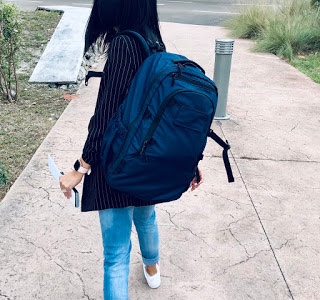
The latest A19er product to hit the scene is a pack that actually predates the Evade in terms of its development timeline. The 25 liter “Pathfinder” utilizes the same harness system as the Evade 1.5 and is built to the same degree of durability, but can be best described as styled for the urban commute.
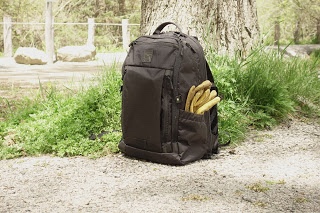
The A19er Pathfinder offers comparable organization capability to its smaller Evade cousin.It is available with fewer fabric and color options, but the design still exhibits the clean lines you find in other A19er products. Dimension-Polyant X42 fabric forms the outer body and 210 denier ripstop nylon lines the interior compartments.
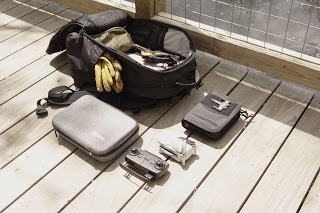
The padded laptop and tablet sleeves secure electronics while additional mesh compartments, admin organizers and water bottle pockets round out the feature list. It is definitely a stylish pack with a workhorse pedigree.
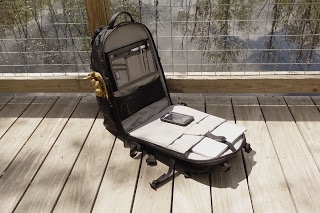
Got a lot of electronics and supporting cables? The Pathfinder can handle your carry requirement.
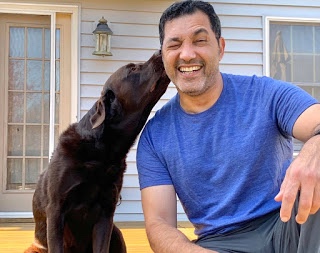
Alpha One Niner has been a personal project of Helmie Ashiblie since his first three-compartment caddy was used on a trans-Pacific flight. His passion for producing hard-use gear has grown slowly but steadily, and if you operate in demanding environments downrange or around the corner, you should take a look at what the A19er brand has to offer.
Author Jon Custis is a veteran Marine infantryman who writes on a variety of tactical equipment, training, and leadership topics.
